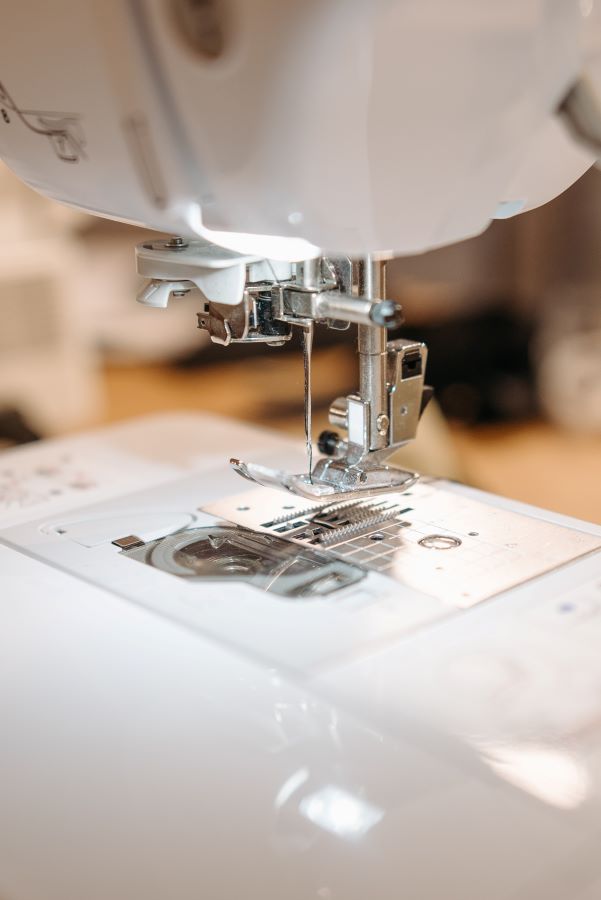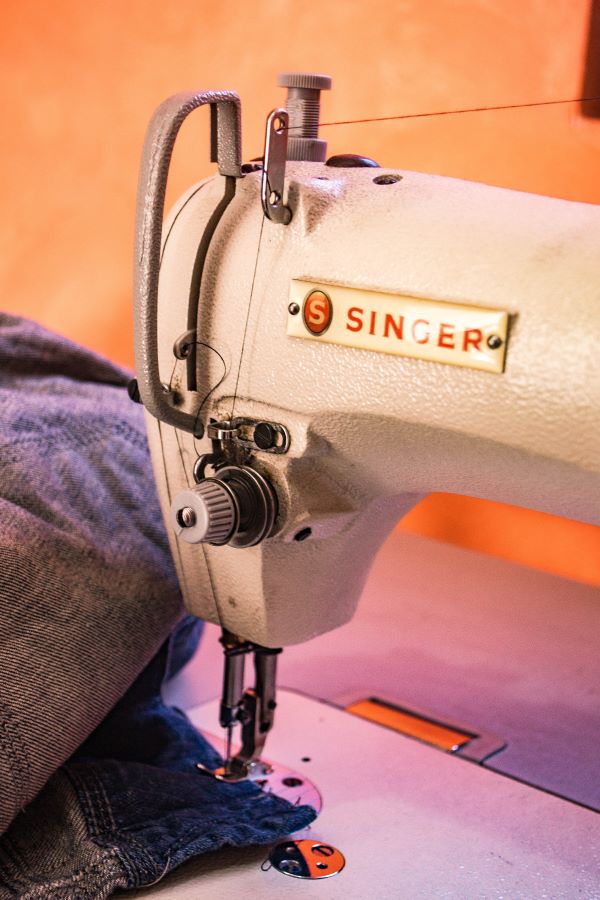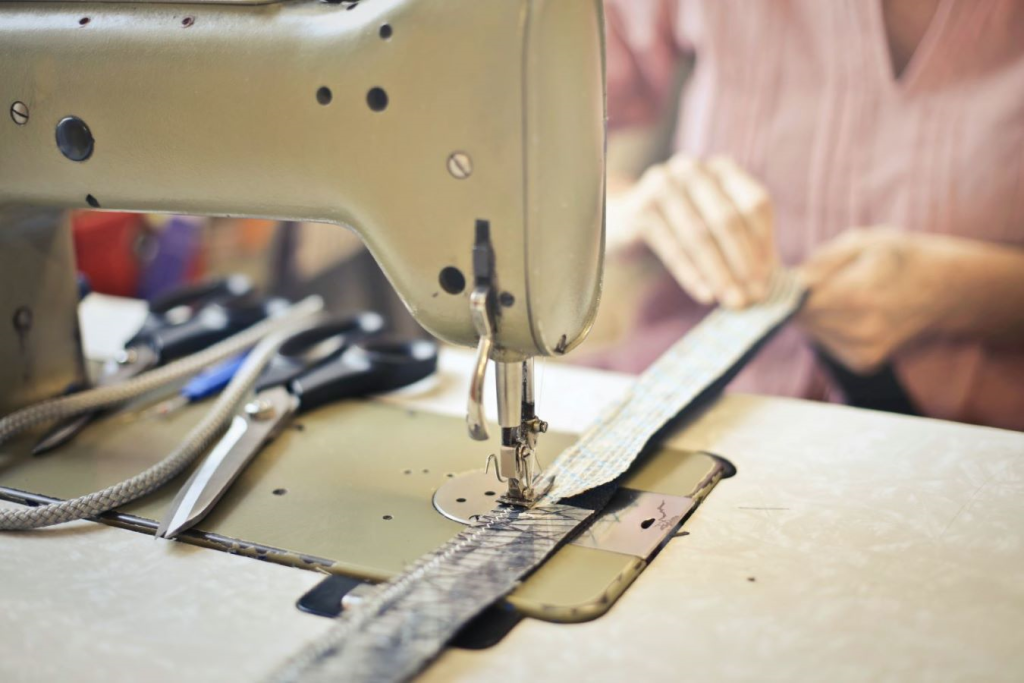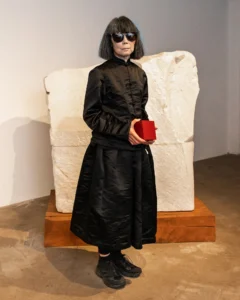A Thousand Stitch Story


While expressing gratification for the clothes on our bodies, we should be grateful for every single stitch that structured a simple piece of fabric into an article of wearable clothing. No great innovation comes from skimming over a stick of butter; rather, it is the result of repeatedly falling to the ground and rising to a higher position. Here is a tale that combines thousands of years of arduous labor with thousand stitches per minute in the sewing industry.

Many significant machine revolutions have occurred throughout history. This one is a little less talked about but has a lot stored in it. Let’s recognize this well-deserved topic as June 13th is celebrated, as National Sewing Machine Day in the US but that holds significance for people of all nationalities. Machines have always favored humans to assist minimize the amount of labor required to manufacture a product. The sewing machine also did the same during the Industrial Revolution.
It all began with a simple running stitch done by hand when seamstresses struggled to complete just one piece of clothing, to computer-aided machines that decreased labor and enhanced productivity. Although the sewing process hasn’t changed much in a while, sewing machines have become more intelligent. What once required 14 hours is now completed in one hour.

The first sewing machine made specifically to stitch leather was designed in 1790 by Thomas Saint. Events of failed attempts, some riots, and nearly successful machines came to light, but it wasn’t until 1845 that an American inventor named Elias Howe developed a method of using two sources of thread. This process motivated Isaac Singer, the founder of The Singer Company, to develop an up-and-down motion machine, and we eventually got the sewing machine we use today.
The sewing machine did more than sewing a fabric, it started to stitch women together to form a sewing society in the 1860s. This empowered the women and they started making quilts to sell at the church’s bazaar. More than 4000 different sewing machine models existed by the 20th century, although only a few of them were efficient.
It all started with a mechanical foot pedal to an automated foot pressing method. The machines have evolved, giving us a plethora of ways to sew a complete design onto fabric by inputting the design and sewing instructions in the software. Years of technological advancement also contributed and gave us overlocking, electronic, and computerized machinery. There is plenty of software that enables us to get embroidery done within minutes.
The capacity of the human intellect is unbounded by any advancement. These extremely skilled robotically intelligent devices nevertheless still require human intervention.
Devanshi Doshi is a fashion designer/illustrator and a fashion writer. She also helps brands create a brand identity.









